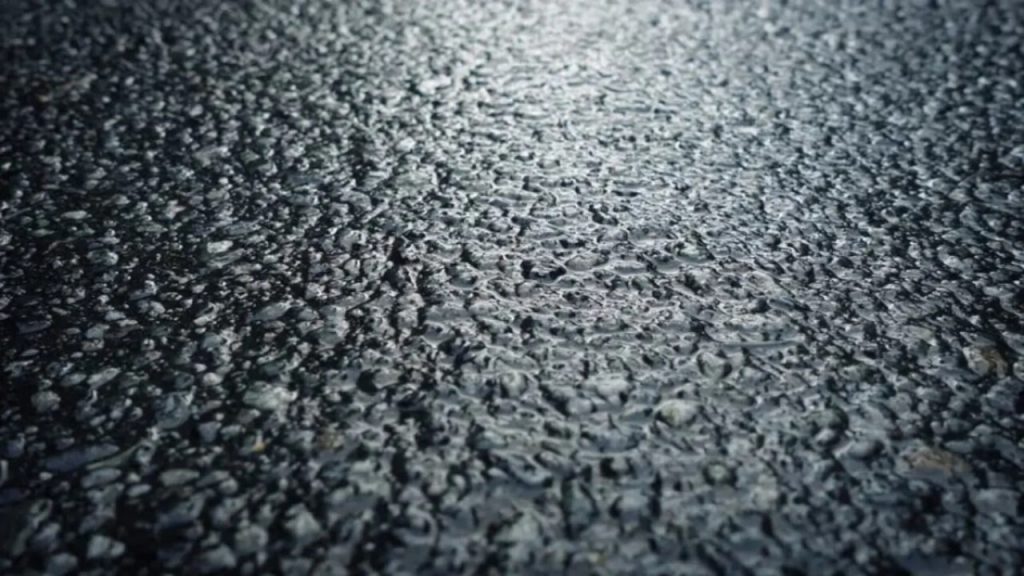Tar is the viscous liquid obtained when natural organic materials such as wood and coal carbonized or destructively distilled in the absence of air. Based on the materials from which tar is derived, it is referred to as wood tar or coal tar. It is more widely used for road work because it is superior.
There are three steps in the process of making road tar:
- Carbonising coal to create crude tar;
- Refining or distilling crude tar; and
- Making the desired road tar by combining distillation residue and distillate oil fraction.

Based on their viscosity and other characteristics, roadways tar comes in five grades: RT-1, RT-2, RT-3, RT-4, and RT-5.
- The paint RT-1, which has a very low viscosity, is used for surface painting in extremely cold climates.
- Under typical Indian weather, RT-2 is advised for standard surface painting.
- For surface painting, renewal coatings, and chip premixing for top course and light carpets, use RT-3.
- Tar macadam is typically premixed in base course using RT-4.
- Among the road tars, RT-5, which has the maximum viscosity, is used for grouting.
The various tests carried out on road tars are:
- Specific gravity test
- Viscosity test on standard tar viscometer iii.
- Equiviscous temperature (EVT)
- Softening point
- Softening point of residue
- Float test
- Water content
- Phenols, percent by volume
- Naphthalene, percent by weight
- Matter insoluble in toluene, percent by weight
- Distillation fraction on distillation up to 2000C, 2000C-2700C and 2700C-3300C
